Otterbein’s Spring Semester Calendar is Packed with Must-See Speakers and Exhibits
Posted Jan 02, 2024
Spring Semester classes start on Jan. 8 and seniors will cross the commencement stage on April 28, but there is plenty to do in the four months in between.
Here are some of the must-see highlights coming this semester:
Guest Lectures
Martin Luther King Jr. Convocation presents Shawn Harper
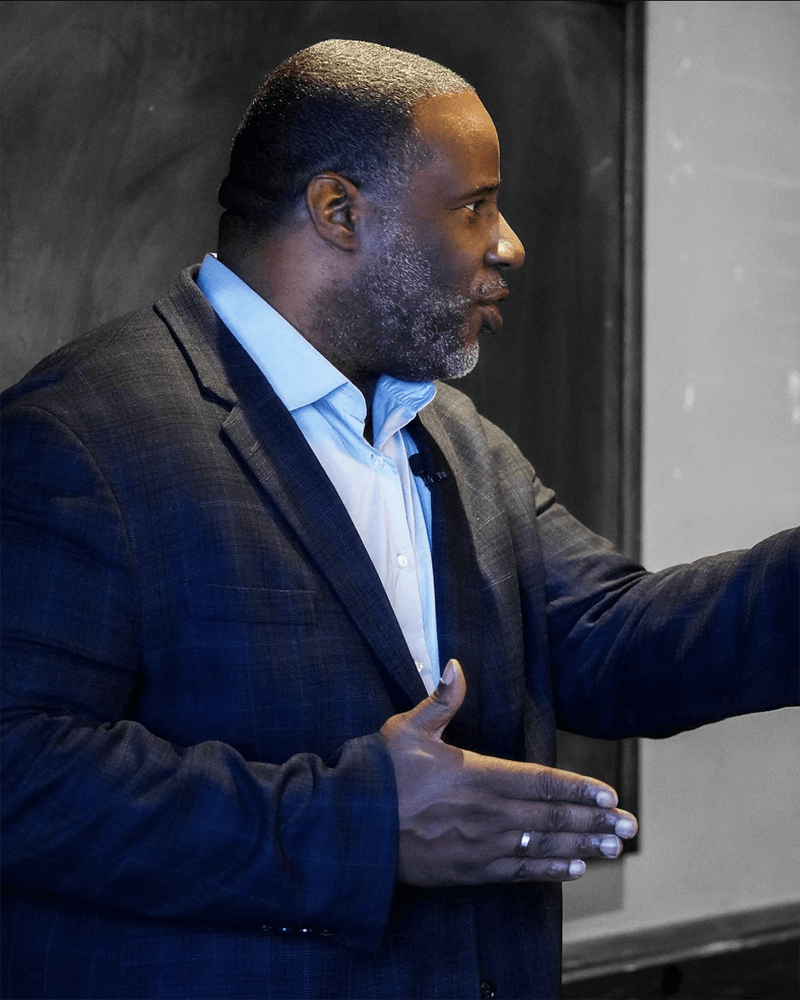
Jan. 17, 3-4 p.m., Cowan Hall
Shawn Harper is a former NFL offensive lineman who played a total of seven seasons with the Rams, the Oilers, the Colts, and NFL Europe. Since 2004 he has owned and operated American Services and Protection, a growing multi-million-dollar security services firm headquartered in Columbus, Ohio. He uses many of the powerful lessons he learned in the NFL and strategically applies them in running his company.
Science Lecture Series presents Diana Aga, Ph.D.
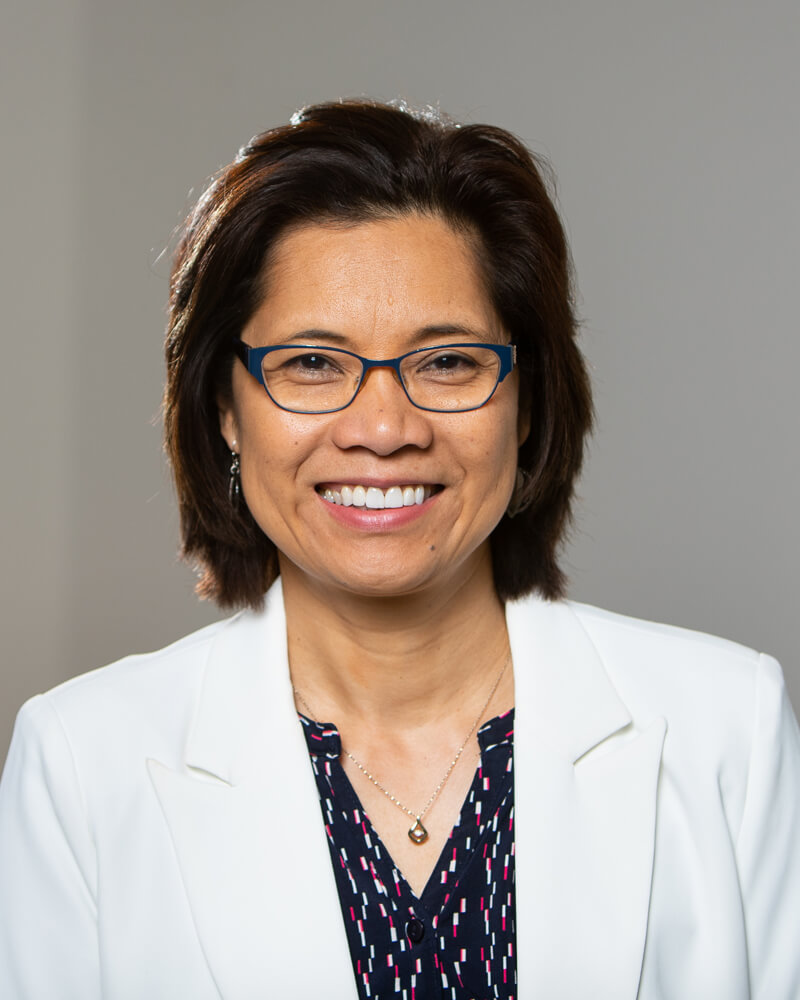
Feb. 21, Time TBA, Riley Auditorium
Dr. Diana Aga researches the fate, transport, effects, and treatment of Chemicals of Emerging Concerns and Persistent Organic Pollutants in the environment. She is interested in advancing non-target analysis of unknown contaminants in the environment, especially in identifying degradation products and novel forms of per- and polyfluoroalkyl substances (PFAS), also known as “Forever Chemicals”. Her research includes evaluating the efficiencies of various biological, physical, and chemical treatment processes in removing PFAS, pharmaceuticals, antimicrobials, and antibiotic resistance genes from wastewater treatment plants, and in agroecosystems. She also investigates bioaccumulation and toxicity of environmental contaminants in humans, fish, and wildlife.
Krendl Lecture Series presents Lynn Pasquerella, Ph.D.
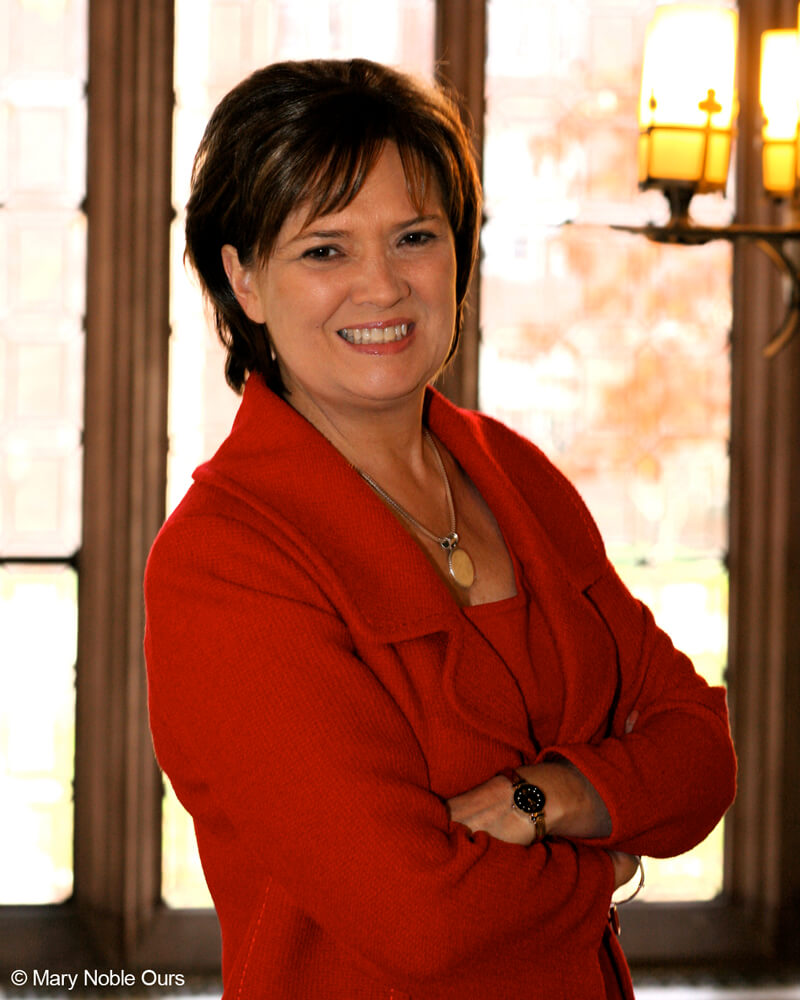
“Educating for Democracy”
March 19, Time and Location TBA
Lynn Pasquerella, Ph.D., is one of the country’s most prominent public voices and forceful advocates for the value of liberal education, the importance of access to resources and pathways, and the need for career training for jobs and citizen education for justice. Her most recent book, What We Value: Public Health, Social Justice, and Educating for Democracy, examines urgent issues — moral distress, access to resources, and the conflict over whose voices and lives are privileged — and argues that liberal education is the best preparation for work, citizenship, and life. Pasquerella’s areas of expertise focus on civic engagement, access, accreditation, strategic planning, and advocacy for equity and inclusion in higher education. Pasquerella is president of the American Association of Colleges and Universities (AAC&U) and a member of the Coalition for the Common Good Board of Directors. She is a past-president of Mount Holyoke College.
Pack Scholar-in-Residence Visit presents Brian D. Smedley, Ph.D.
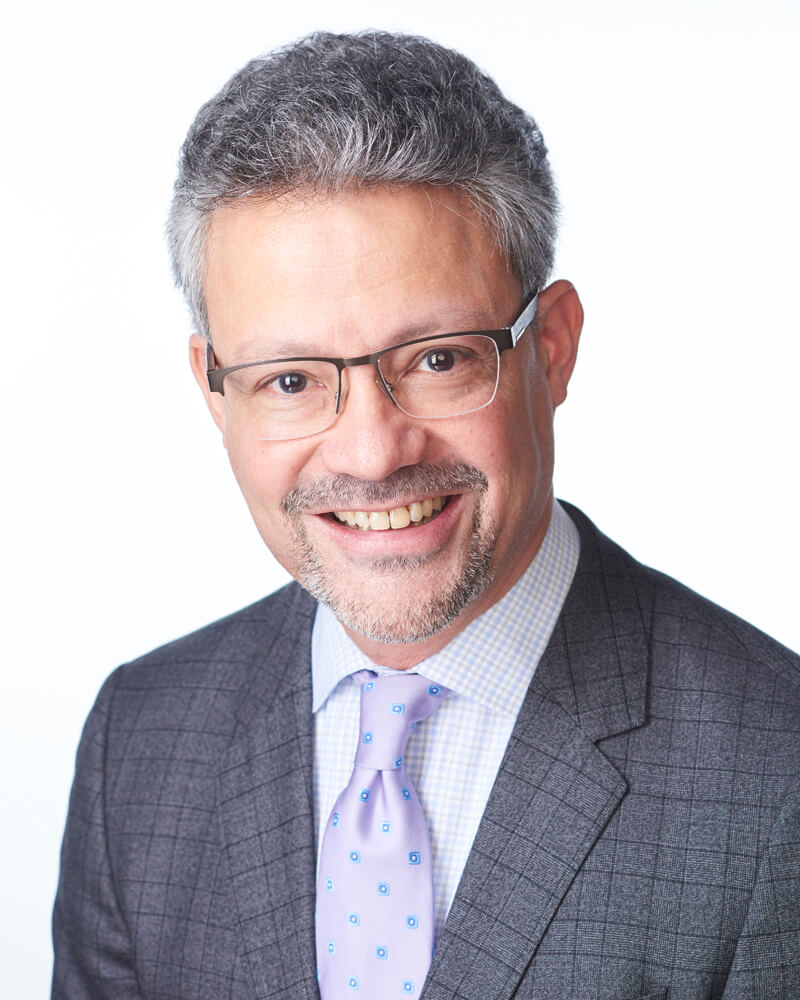
“Place, Race, and Health: Addressing the Root Causes of Health Inequities.”
April 4, Time TBA, Riley Auditorium
A national thought leader in the field of health equity, Brian D. Smedley, Ph.D., is an Equity Scholar and Senior Fellow at the Urban Institute, where he conducts research and policy analysis to address structural and institutional forms of racism that impact the health and well-being of people of color. Among the programs he leads at the Urban Institute is “Unequal Treatment at 20,” an effort to accelerate progress toward health care equity by identifying key policy levers and advancing a new research agenda focused on dismantling all forms of racism in health care training and clinical settings. Previously, Smedley led the American Psychological Association’s (APA) efforts to apply the science and practice of psychology to the fundamental problems of human welfare and social justice. He was deeply involved in APA’s historic apology for psychology’s contributions to scientific racism and plans to correct this history and advance an anti-racist agenda in the discipline. He co-founded the National Collaborative for Health Equity (www.nationalcollaborative.org), a project that connects research, policy analysis, and communications with on-the-ground activism to advance health equity.
Art Exhibitions
The ABC of Enamel
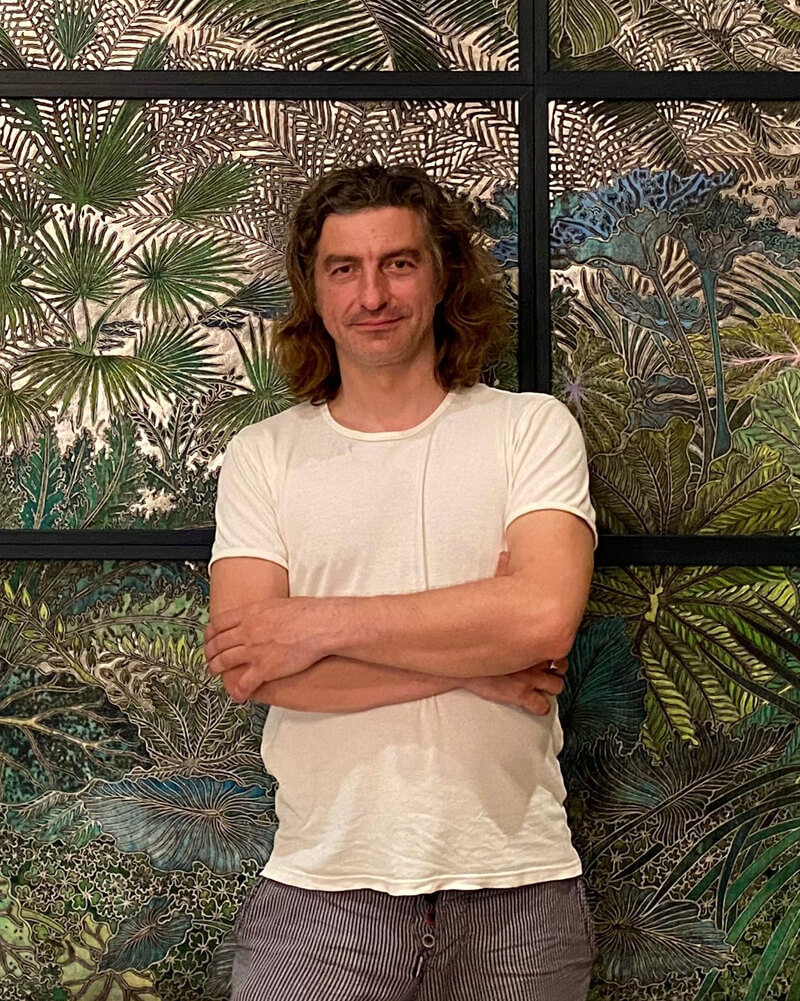
Artist: Oleksii Koval
Jan. 8-May 5; Public Reception, Feb. 22, 4-6 p.m.
Fisher Gallery, Roush Hall, 27 S. Grove St., Westerville
Hours: 9 a.m.-9 p.m. daily
Contact: 614-823-1792 or visit https://www.otterbein.edu/art/art-exhibit-schedule/
The ABC of Enamel features Oleksii Koval’s mixed-media technique that incorporates hot enamel and etching, and that includes the artist’s Ukrainian series, Spring is Coming, Alphabet of the Big City, Jungle, Nu, and other individual works. The exhibition expresses the beauty and harmony of the world and the joy of exploring and communicating with it. Although Koval works with hot enamel and printmaking, incorporating silver, gold, and gems, his style has a distinctive, painterly quality. This life-affirming exhibition speaks to the enjoyment of diversity and, most importantly, is a call to care for all living things around us.
Mystery and Whimsey: The Living Quality of Ukrainian Folklore
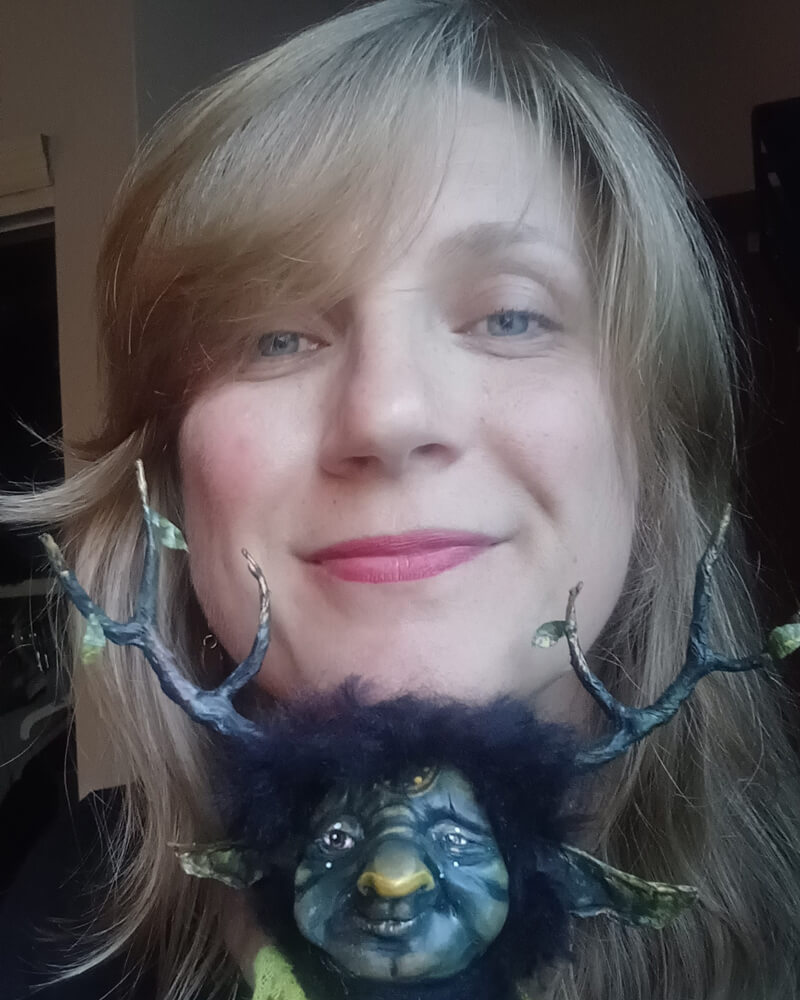
Artist: Zaryana Bezu
Jan. 10-April 28; Public Reception, Jan. 25, 4-6 p.m.
The Frank Museum of Art, 39 South Vine Street, Westerville
Hours: Wednesday-Saturday, 11 a.m.-3 p.m. during the University’s academic year.
Contact: 614-818-9716 or visit https://www.otterbein.edu/art/art-exhibit-schedule/
In Mystery and Whimsey, Ukranian-born fiber and mixed-media artist Zaryana Bezu recalls her childhood in Kyiv, spent wandering the city’s aged, curved streets that were filled the legends, myths, and stories from Ukrainian folklore. Bezu’s installation of contextualized sculptures and poetry brings forth nature’s magnificent mystery that was called upon for guidance and protection and is a lens for understanding the complexity of human nature.
Children of War
Curators: Natalya and Yustyna Pavlyuk
Jan. 8-April 28; Public Reception, March 14, 4-6 p.m.
Stichweh Gallery, Art and Communication building, 33 Collegeview Road, Westerville
Monday-Friday 8 a.m.-4 p.m.; Saturday-Sunday 1-4 p.m.; closed holidays.
Contact: 614-823-1792 or visit https://www.otterbein.edu/art/art-exhibit-schedule/
“One morning, all of Ukraine awoke to the news that a full-scale invasion by Russia had begun. This event divided our lives into a clear distinction between the ‘before’ and ‘after’ periods. Every conscious Ukrainian felt compelled to contribute in any way possible to support our country’s struggle. Some people immediately enlisted in the Armed Forces of Ukraine, while others became volunteers in various capacities. We decided to help children and their parents through art. From the very outset of the conflict, we dedicated ourselves to aiding children who arrived in Lviv seeking refuge. We met with them in hospitals, shelters, and orphanages, marking the inception of our Art that Saves initiative. Throughout the past year and a half, children from all corners of Ukraine have passed through our art classes. These young souls used their artwork to express their dreams, fears, thoughts about the war, and their aspirations for what life would be like after victory.” —Natalya and Yustyna Pavlyuk
The Ash Will Settle, but The Oil Can’t Be Put Back
Jan. 8-Feb. 25; Public Reception, Feb. 8, 4-6 p.m.
Miller Gallery, Art and Communication Building, 33 Collegeview Road, Westerville
Monday-Friday 8 a.m.-4 p.m.; Saturday-Sunday 1-4 p.m.; closed holidays.
Contact: 614-823-1792 or visit https://www.otterbein.edu/art/art-exhibit-schedule/
Susanna Harris considers her personal and collective experiences with loss, disease, and grief as she creates experiences with loss, disease, and grief as she creates installations using paper, light, shadow, and now exploring the addition of sound. Her recent work is heavily influenced by dystopia themes and the exploration of an oasis of escapism. She uses paper altered through hand cutting, deep blind embossing, and printing with ink to create organic forms. Harris invites light into her work to activate fluorescent layers of paint and ink creating fluorescent shadows and silhouettes through transparent papers, creating an awe-invoking yet eerie experience, revealing that the inspiration for much of her work comes from the climate crisis and current ecological events and disasters like coral bleaching, oil spills, and the release of radioactive waste products back into the environment.